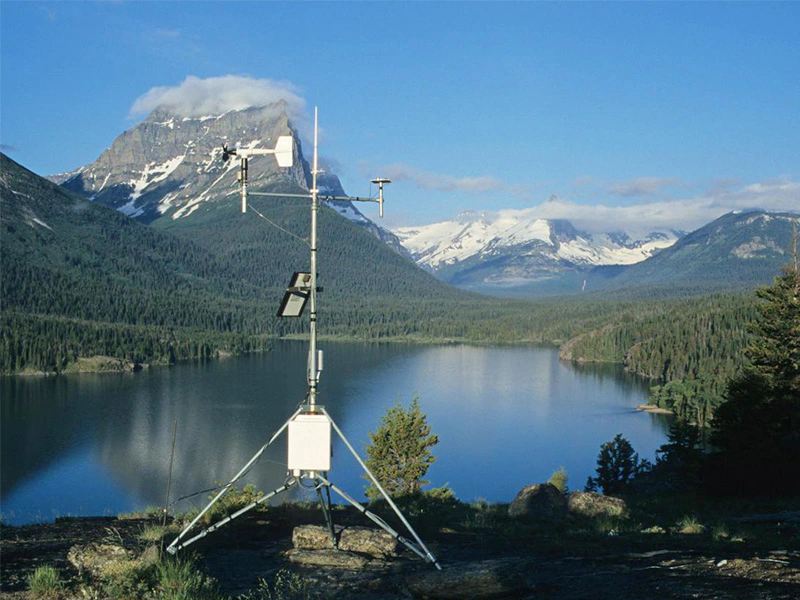
# Meteorological Station: Key Infrastructure for Weather Monitoring and Forecasting
Introduction to Meteorological Stations
Meteorological stations are essential facilities for collecting weather data and monitoring atmospheric conditions. These stations play a crucial role in weather forecasting, climate research, and environmental monitoring. Equipped with various instruments, they measure parameters such as temperature, humidity, wind speed, and precipitation.
Components of a Meteorological Station
A standard meteorological station typically includes several key components:
- Thermometers for temperature measurement
- Hygrometers for humidity measurement
- Anemometers for wind speed and direction
- Barometers for atmospheric pressure
- Rain gauges for precipitation measurement
- Solar radiation sensors
Types of Meteorological Stations
There are several types of meteorological stations designed for different purposes:
1. Surface Weather Stations
These are the most common type, installed at ground level to measure standard weather parameters.
2. Upper-Air Stations
These stations use weather balloons (radiosondes) to collect data from higher atmospheric layers.
3. Automated Weather Stations
Modern stations that automatically collect and transmit data without human intervention.
4. Agricultural Weather Stations
Specialized stations that monitor conditions important for farming and crop management.
Importance of Meteorological Stations
Meteorological stations serve numerous critical functions:
- Providing data for weather forecasts and warnings
- Supporting aviation and maritime operations
- Aiding in climate change research
- Assisting in disaster preparedness and response
- Supporting agricultural planning and operations
Challenges in Meteorological Station Operation
Operating meteorological stations presents several challenges:
- Maintaining equipment in harsh weather conditions
- Ensuring data accuracy and consistency
- Securing remote stations from vandalism or wildlife interference
- Managing the high costs of installation and maintenance
- Addressing data gaps in remote or inaccessible areas
Future of Meteorological Stations
The future of meteorological stations includes exciting developments:
- Integration with IoT technology for smarter monitoring
- Increased automation and remote operation capabilities
- Miniaturization of sensors for more compact stations
- Enhanced data transmission through satellite networks
- Greater use of artificial intelligence in data analysis
Conclusion
Meteorological stations remain indispensable tools in our understanding and prediction of weather patterns. As technology advances, these stations will become even more sophisticated, providing higher-quality data that benefits numerous sectors of society. Their continued development and maintenance are crucial for improving weather forecasting accuracy and addressing climate-related challenges.
Keyword: meteorological station